The title should include, “or severely injuring him!” Honestly a large animal vet's job is hard enough with a well behaved patient that I can't help but think it's just downright rude to present him with a horse who hasn't been worked with appropriately beforehand.
Now, I know there are always going to be “those times” when we can't help it. We have a new horse or despite our best efforts we haven't been able to get the big lug over his fear of {insert noun/verb}. What I'm talking about are the horses deliberately ignored and then “oops guess it's time for shots/teeth/rectal palpation”.
So, here's a list of a few things I know every vet out there would appreciate your horse being a-ok with a stranger doing to them.
- Approaching with a headlamp, which is of course something your horse is likely to see when having his teeth floated or eye examined.
- Mouth handled, including having an arm shoved up there while wearing a speculum. Getting him used to having his tongue grabbed, held onto, lead by helps out immensely. Also consider filling an empty dewormer tube with water (or apple juice!) and practice “rinsing” his mouth out like he'll have done for teeth floating.
- Picking up his feet, all around, for inspection or lameness exam. Getting kicked is just no fun, let alone by a horse that isn't even yours!
- Rub him all over – face, ears, neck, chest, legs, barrel, back, belly, flank, butt, tail, pooper, you get the idea. You never know when an area needs to be examined for routine or emergency care and it's always better to find out he's beyond ticklish when you have time to deal with it vs. trying to make it work to just get through the vet visit.
- Revisiting the whole pooper thing, get your horse used to you working around the hind-end, lifting his tail, pulling on it, etc. If your horse has a colic he may end up getting a rectal exam (never said vet visits were FUN for the horse..), or if he's a she and happened to be trotting about with the stud up the road. Last thing you need is a horse who's goosy about having their derriere fondled.
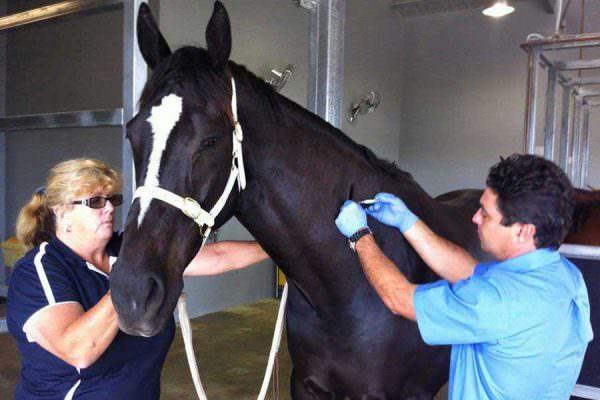
- Find a pen, pick it up, then poke your horse in the neck. No, but seriously you can safely practice giving shots by pressing a pen against your horse's neck in various places. I had a horse who literally wanted to kill anyone in 100ft radius when it was vaccination time. This little trick changed him from evil beast to mr. sleepy head with injections. Probably veterinarian recommended.
- Leads, loads, ties and bathes. These aren't just conveniences when you're listing a horse for sale. Leading easily at the walk and trot helps with lameness and neurological exams, not to mention if your horse has a colic you want to be able to get them moving around. Loading on a trailer I hope is self-explanatory, in an emergency sometimes you need to get your horse to a medical facility for appropriate treatment and that is NOT the time to be practicing trailer loading. Being able to tie your horse is a god-send in all kinds of situations, and really the bigger picture is that your horse gives to pressure at the poll. Finally there is bathing. If you've ever had a horse get a laceration or major wound-type injury, having them gangbusters in love with water spraying from a hose is a surefire way to make treating it a whole lot easier. That and when you geld a colt and want to give them some relief during healing.
I'll probably think of a few more, but this is a start. What situation with the vet have you experienced that was vastly improved because your horse was well prepared?
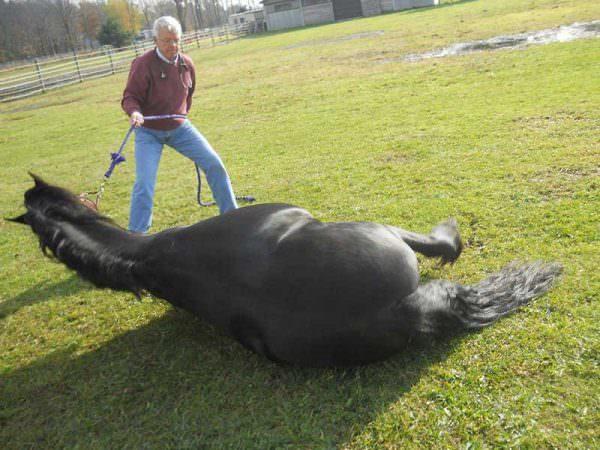



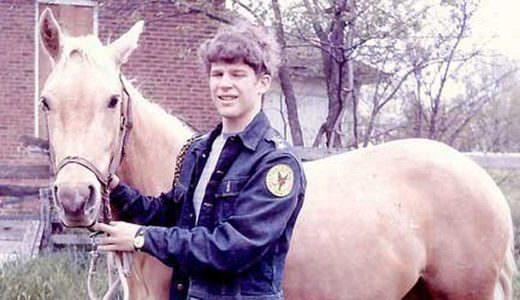

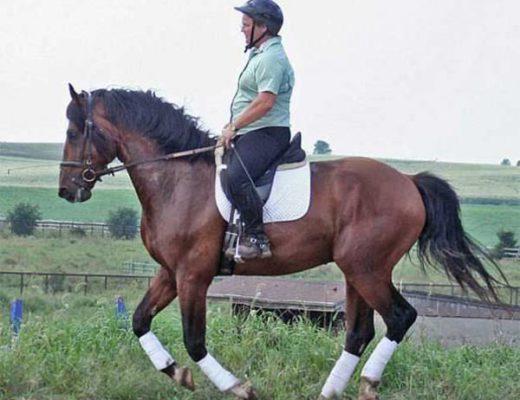
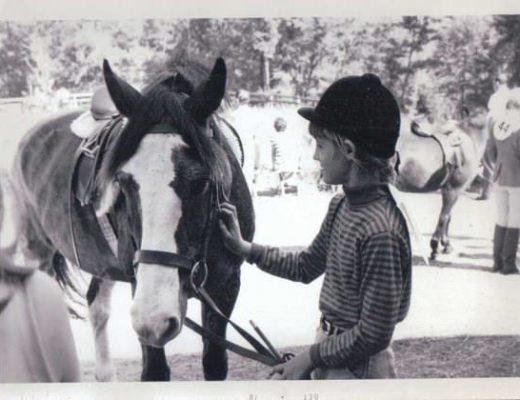
Speaking of bathing… do you use slightly warmed or warm water? I never could get behind using the cold hose. That just seems unnecessary. Maybe I’m too empathic?
Depends. If you’re bathing a wound or something inflamed then of course cold hose water is good.
Just bathing to clean the horse/groom, depends on the temperature outside. If it’s really hot and humid outside (here in Wisconsin it’s normal in the summer to be high 90’s and 100% humidity) I try to avoid getting them wet anywhere they’re dry (water insulates heat when it’s that humid out and nowhere for the water to evaporate to). Sponge bathe them where they’re sweaty and try to towel dry them as much as possible will keep them cooler.
A lot of times I’ll use 5 gallon buckets filled with hose water for baths if the weather isn’t the most ideal or I’m not training them to accept being hosed down. Fill a couple, use one with soap, a couple for rinsing water and maybe another for a conditioner rinse. The water warms up a bit sitting in the buckets (vs coming straight from the well).